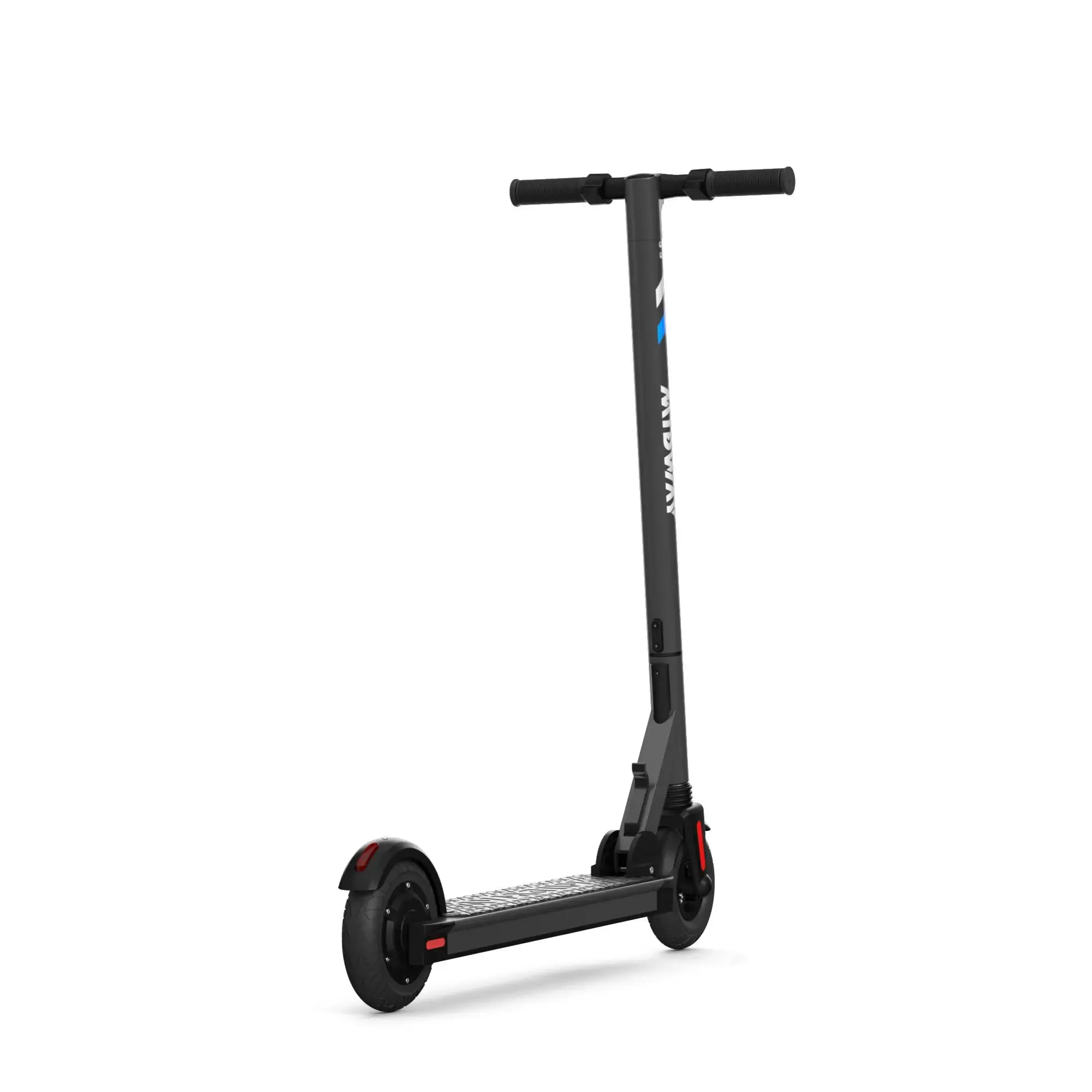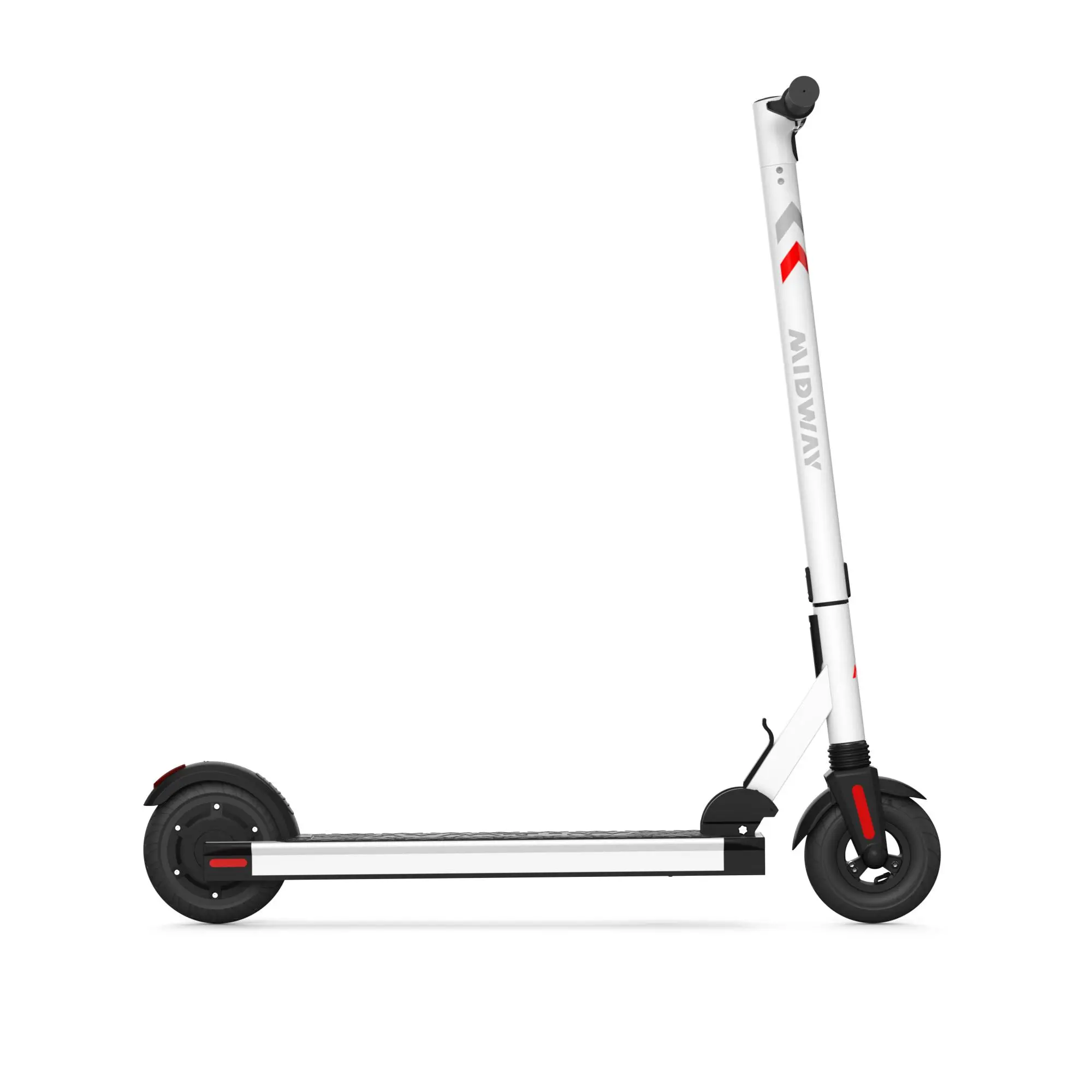How do electric scooters comply with mechanical durability tests?
How do electric scooters comply with mechanical durability tests?
In today's electric scooter market, mechanical durability testing is essential to ensure product quality and safety. Both manufacturers and consumers are increasingly concerned about the durability and reliability of electric scooters under various conditions of use. This article will take a deep look at how electric scooters comply with mechanical durability testing, including the importance of testing, relevant standards, test items, test procedures, and how to ensure compliance with these test requirements.

1. The Importance of Mechanical Durability Testing for Electric Scooters
As a convenient short-distance transportation tool, the mechanical durability of electric scooters is directly related to the product's service life, user safety, and market competitiveness. Mechanical durability testing can simulate various mechanical stresses and environmental conditions that electric scooters may encounter during actual use, thereby evaluating their structural strength, component durability, and overall reliability.
For manufacturers, mechanical durability testing can identify potential problems in the product design and manufacturing process, make timely improvements and optimizations, and improve product quality and market competitiveness. For consumers, purchasing electric scooters that have undergone rigorous mechanical durability testing can ensure longer service life and higher safety during use.
2. Relevant standards for mechanical durability testing of electric scooters
(I) EN 17128 standard
EN 17128 is a European standard for safety requirements and test methods for personal light electric vehicles (including electric scooters, electric balance scooters, etc.). This standard covers the test requirements for mechanical safety, electrical safety, environmental adaptability and other aspects of electric scooters.
(II) EN 15194 standard
EN 15194 is a safety standard for electric scooters and similar electric personal transportation vehicles, covering safety design, electrical systems, operational stability, environmental durability and other aspects.
(III) IEC standard
IEC (International Electrotechnical Commission) standards mainly test the electrical safety and electromagnetic compatibility of electric scooters to ensure that the products meet international requirements in terms of electrical performance and electromagnetic interference.
3. Main items of mechanical durability testing of electric scooters
(I) Strength test
The strength test is designed to verify the structural strength of electric scooters under normal use and extreme conditions, including the durability of key components such as frames, wheels, and axles. For example, in the axle strength test, the electric scooter is fixed and a load of 100kg is applied to each axle for 30 seconds to check whether there is relative movement, permanent deformation, material separation, obvious cracking, looseness or component failure between the axle and the frame/fork.
(ii) Vibration test
The vibration test is used to simulate the vibration environment that the electric scooter may encounter during actual use, such as driving on an uneven road. The vibration test can evaluate the stability and safety of key components such as batteries, motors, and controllers under vibration conditions to ensure that they will not become loose, damaged or electrically malfunction due to vibration.
(iii) Fatigue test
The fatigue test is to evaluate the durability of components of the electric scooter during long-term use. For example, in the folding mechanism fatigue test, the folding mechanism is opened in the normal opening manner, and the corresponding folding action is applied by hand according to the folding direction. The folding is completed in 5 seconds and held for 1 second to complete a cycle. The cycle lasts for 5,000 cycles to check whether the folding mechanism is obviously damaged and whether the folding process is obstructed.
(iv) Braking system durability test
The braking system is a key part of the safety of electric scooters. In the brake system durability test, a cyclic test is performed on the assembly containing all relevant brake components to simulate the repeated use of the brake lever and check whether the components are damaged or have lost their functions.
(V) Connection wire strength test
The connection wire strength test is used to evaluate the firmness of the internal connection wires of the electric scooter. During the test, a certain direction of tension is applied to the connection wire to check whether the connection remains physically and electrically intact and has not been disconnected or fallen off.
(VI) Tire durability test
The tire durability test evaluates the durability of the tire by simulating the wear of the tire in actual use. For example, the tire is loaded with 25KG, at a 15-degree angle to the grinding wheel, and tested at a speed of 25KM/H for 10 minutes to check whether the outer tire is damaged.
(VII) Kickstand fatigue test
The kickstand fatigue test is used to evaluate the durability of the kickstand of the electric scooter. During the test, a special tooling was used to perform four thousand fatigue test cycles at a frequency of 1Hz. After the test, the force of the kickstand opening and closing was measured again and compared with the force before the test to check whether the kickstand is flexible and not stuck when opened/closed, and whether the function is normal.
IV. Process of mechanical durability test of electric scooters
(I) Application and preparation
The manufacturer submits an application to a testing agency with relevant testing qualifications and provides relevant information such as product design drawings, technical specifications, and user manuals.
(II) Sample preparation
Based on the submitted information, the testing agency requires the manufacturer to provide samples that meet the requirements for testing.
(III) Test execution
The testing agency conducts various mechanical durability tests on the samples in accordance with relevant standards and records the test data and results.
(IV) Report preparation
Based on the test data and results, the testing agency prepares a test report, listing the test items, test methods, test results and conclusions in detail.
(V) Certificate issuance
If the sample meets the relevant standards, the testing agency will issue the corresponding test certificate and allow the manufacturer to use the corresponding logo on the product.

5. How to ensure that electric scooters meet mechanical durability tests
(I) Design stage
During the design stage of electric scooters, manufacturers need to fully consider mechanical durability requirements. For example, reasonably design the structure and materials of the frame to ensure that it has sufficient strength and rigidity; optimize the design of the brake system to improve its durability and reliability; select high-quality tires and connecting parts to meet the durability requirements of long-term use.
(II) Material selection
Choosing the right material is crucial for the mechanical durability of electric scooters. For example, use high-strength aluminum alloy or steel to manufacture the frame to improve its impact resistance and fatigue resistance; select tire materials with good wear resistance to extend the service life of the tire.
(III) Production process control
During the production process, manufacturers need to strictly control the production process and quality to ensure the consistency and stability of the product. For example, strict quality control is carried out on key processes such as welding and assembly to avoid structural looseness or component failure during use of the product due to process problems.
(IV) Quality control and testing
Manufacturers should establish a complete quality control system and conduct strict quality inspection and testing on the products produced. In addition to mechanical durability testing in accordance with relevant standards, electrical safety testing, environmental adaptability testing, etc. should also be carried out to ensure that the product meets the requirements in all aspects.
(V) Continuous Improvement
The electric scooter market and technology are constantly developing, and manufacturers need to continue to pay attention to industry trends and user feedback to continuously improve and optimize their products. For example, adjust product design based on user feedback to improve product durability and user experience.
VI. Summary
The mechanical durability test of electric scooters is an important part of ensuring product quality and safety. By following relevant international standards, conducting comprehensive testing projects, and strictly controlling the production process and quality, manufacturers can produce electric scooters that meet mechanical durability requirements and meet the needs of international wholesale buyers and consumers. In a highly competitive market, only by constantly pursuing excellent product quality and reliability can we gain long-term market competitiveness and user trust.














